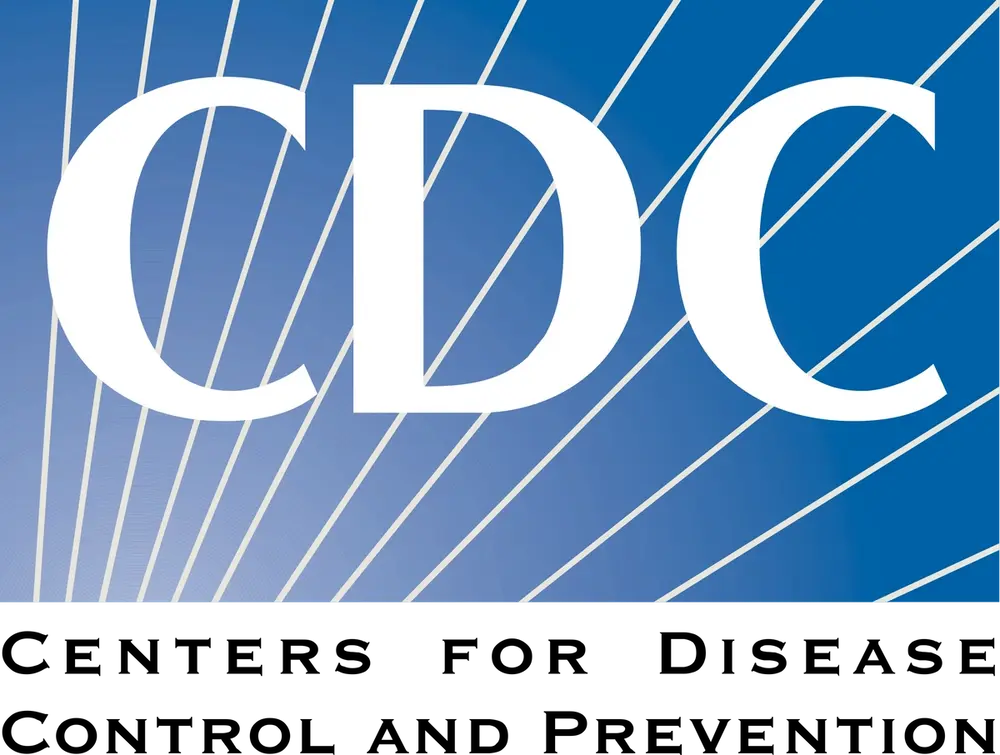CDC Completes County-Level Documentation of 7 Tick-Borne Diseases
The CDC recently compiled surveillance data showing the span and prevalence of 7 major pathogens commonly carried by blacklegged ticks.

Of all vector-borne diseases spread to humans by insects, over 75% are transmitted by ticks.
A recent report, led by the US Center for Disease Control and Prevention (CDC) Division of Vector-Borne Diseases, compiles up-to-date county-level mapping of where blacklegged ticks are most prevalent and where they have been found infected with any of the 7 disease-causing pathogens.
"The more we look for ticks and tickborne pathogens, the more we find—and the more information we have to help protect people from the diseases ticks spread,” said Erik Foster, MS, BCE, a medical entomologist in the CDC’s Division of Vector-Borne Diseases.
The CDC investigators compiled nationwide tick surveillance data from 2004-2021, including supplementary data on pathogen testing of blacklegged ticks. The results map the geographic range of 7 significant pathogens carried by blacklegged ticks (Ixodes scapularis) and western blacklegged ticks (Ixodes pacificus).
The purpose of the maps is to raise awareness among healthcare providers and the general public of the tickborne infections local to their communities, as well as the sign and symptoms of tickborne illness. “This effort is filling gaps in our knowledge by highlighting the presence of ticks and tickborne pathogens where they were previously under-reported or where they are emerging,” Foster said.
The most widely reported pathogen was the Lyme disease-causing bacterium, Borrelia burgdorferi. Borrelia burgdorferi was found in 476 counties, spanning 29 states and the District of Columbia. Other pathogens, in decreasing order of prevalence, included Borrelia miyamotoi (Hard tick relapsing fever; 25 states, 271 counties), Anaplasma phagocytophilum (Anaplasmosis; 24 states, 291 counties), Babesia microti, (Babesiosis; 17 states, 154 counties), Powassan virus (Powassan virus disease; 6 states, 55 counties), Borrelia mayonii (Lyme disease; 4 states, 12 counties), and Ehrlichia muris eauclairensis (Ehrlichiosis; 2 states, 11 counties).
At least 1 of the 7 pathogens were reported in 30 of the 41 states (73.2%) vector ticks are known to inhabit. The reported distribution of pathogens is significantly smaller than the range of the blacklegged ticks that spread them. However, the investigators say that the true prevalence of these pathogens is likely underreported.
The CDC established a national tick and tickborne pathogen surveillance program in 2018, and Foster notes that before this initiative, “Collection efforts were not standardized, and data were often lost because there was no national repository for such information.” With these county-level tick distribution maps, the public has access to data detailing the prevalence of Lyme disease pathogens and high-risk counties.
